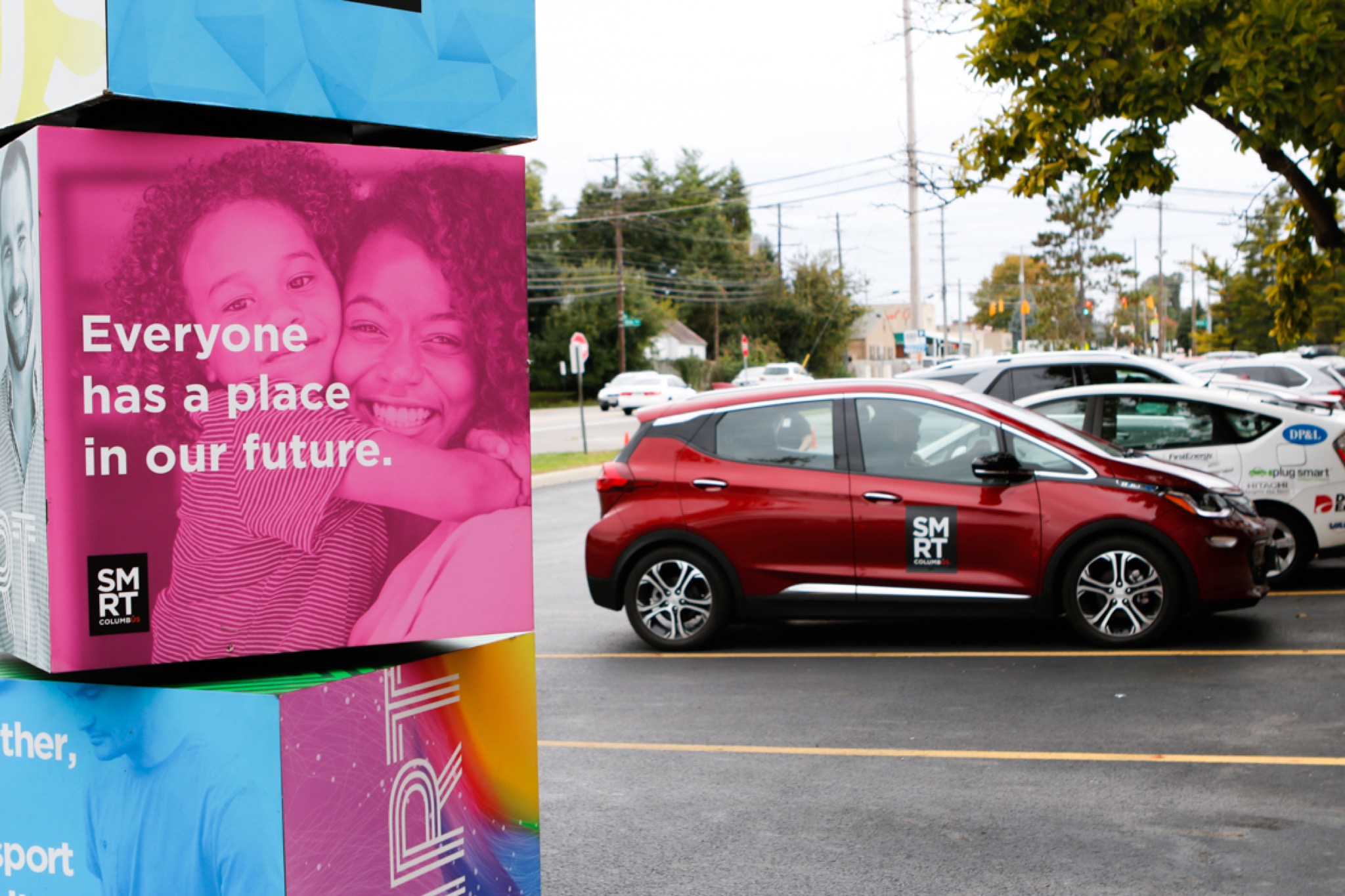 Part of the Smart Columbus initiative is increasing the rate of electric vehicle adoption in the area.Smart Columbus
Part of the Smart Columbus initiative is increasing the rate of electric vehicle adoption in the area.Smart Columbus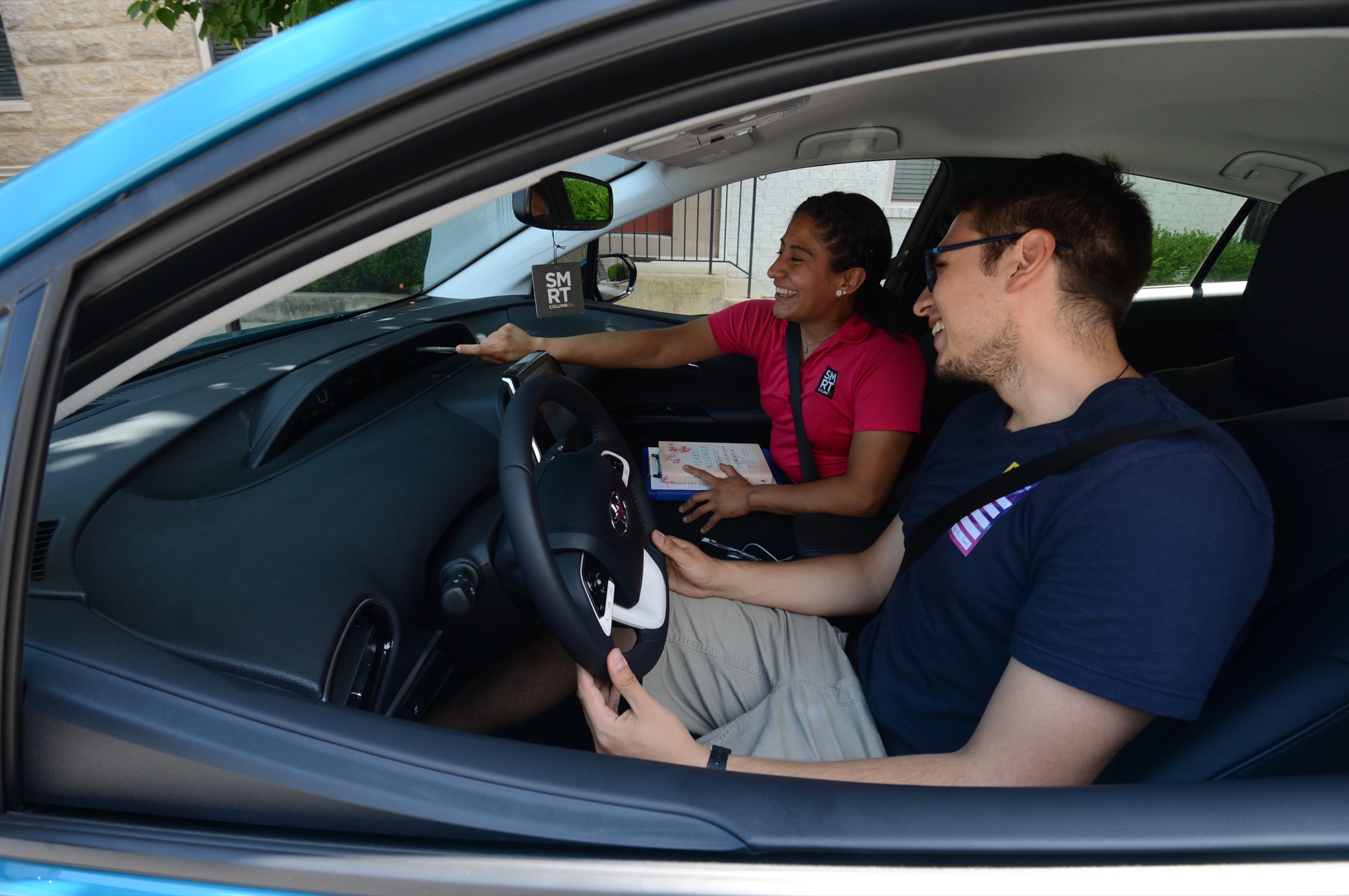 The easiest way to get someone to buy an EV is to put them behind the wheel, and that's definitely part of the program here.Smart Columbus
The easiest way to get someone to buy an EV is to put them behind the wheel, and that's definitely part of the program here.Smart Columbus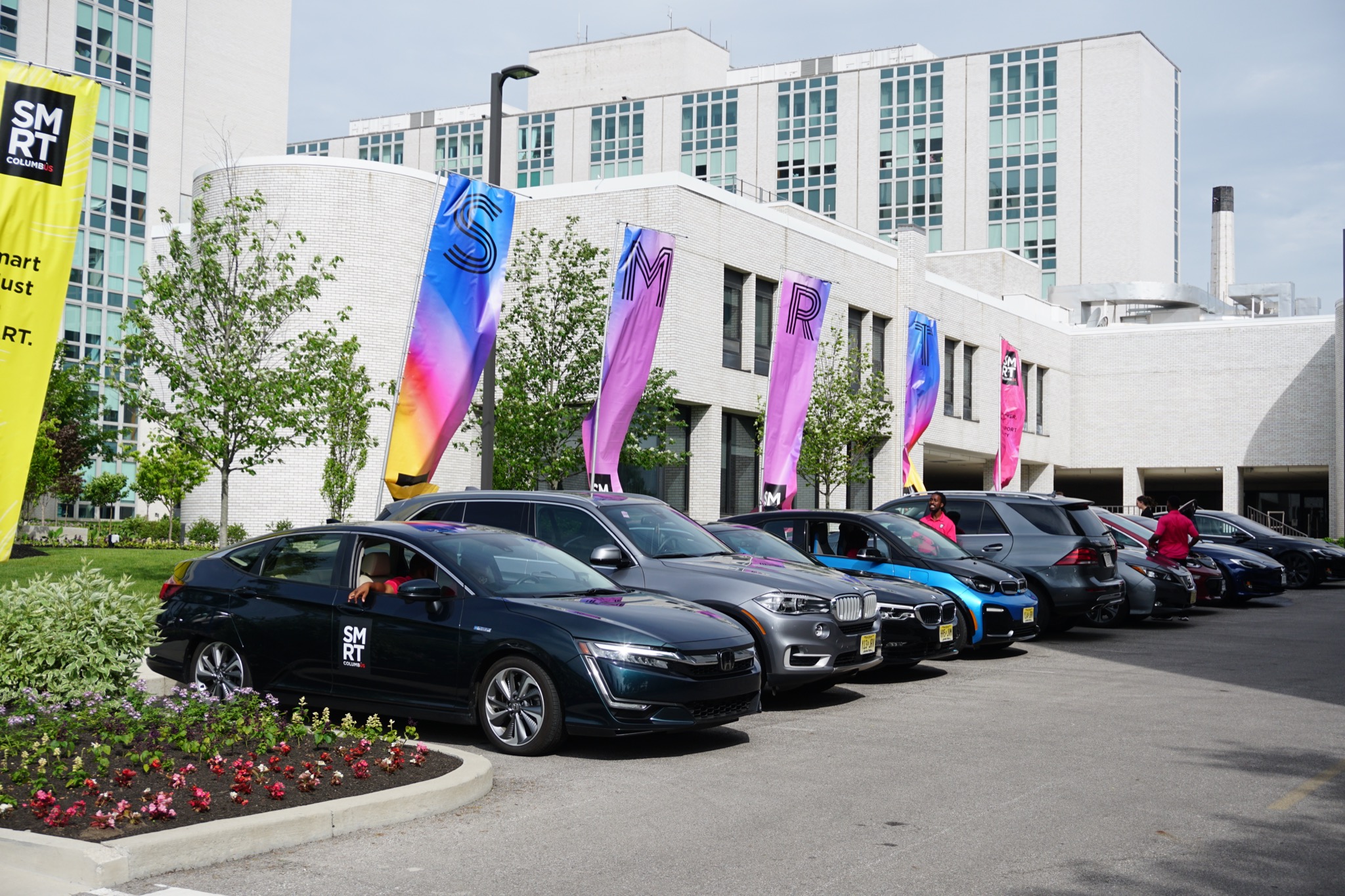 Smart Columbus has a fleet of 12 battery EVs and plug-in hybrid EVs that visit worksites and offer test drives.Smart Columbus
Smart Columbus has a fleet of 12 battery EVs and plug-in hybrid EVs that visit worksites and offer test drives.Smart Columbus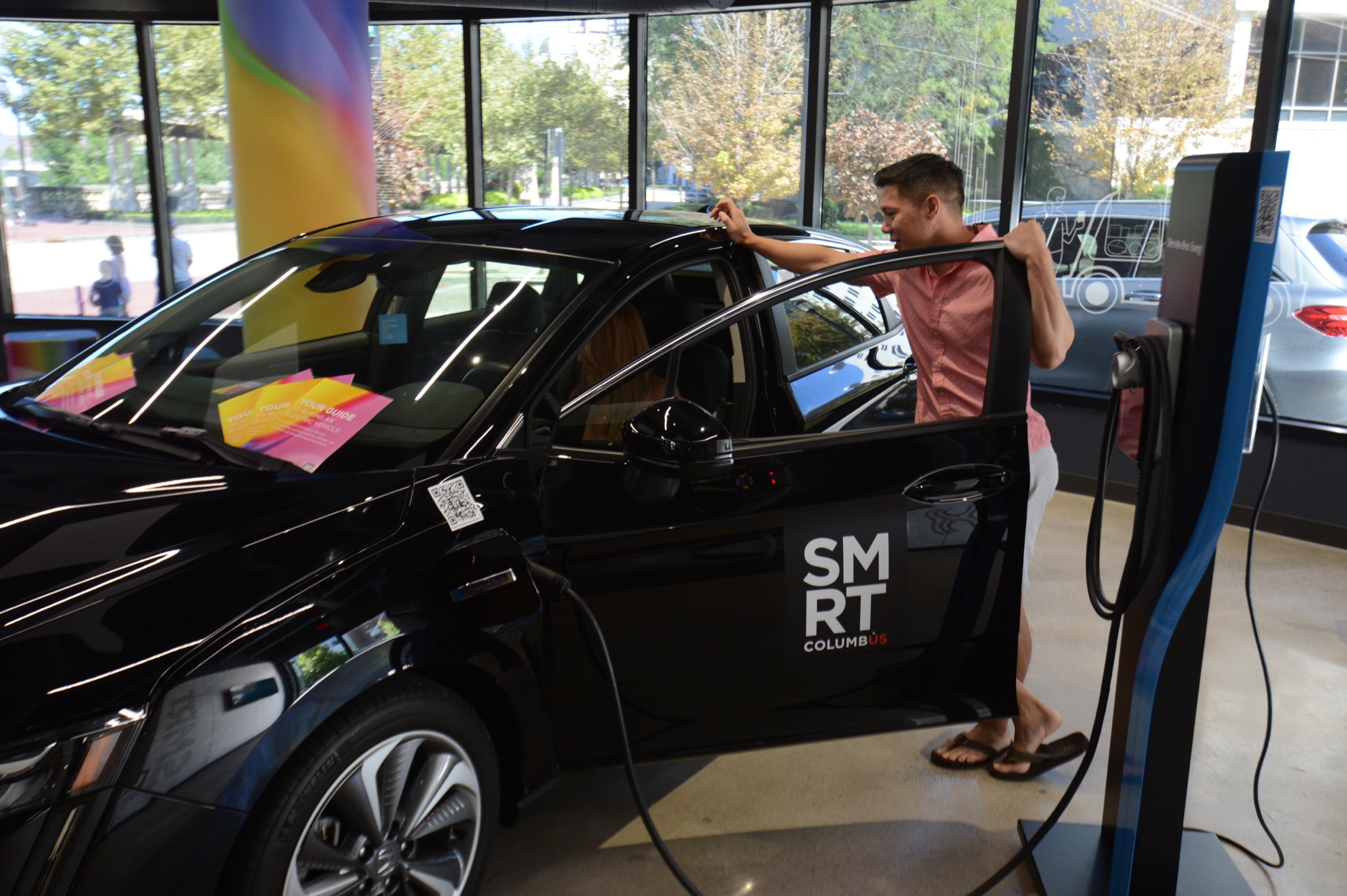 There's also an Experience Center where people can test drive EVs.Smart Columbus
There's also an Experience Center where people can test drive EVs.Smart Columbus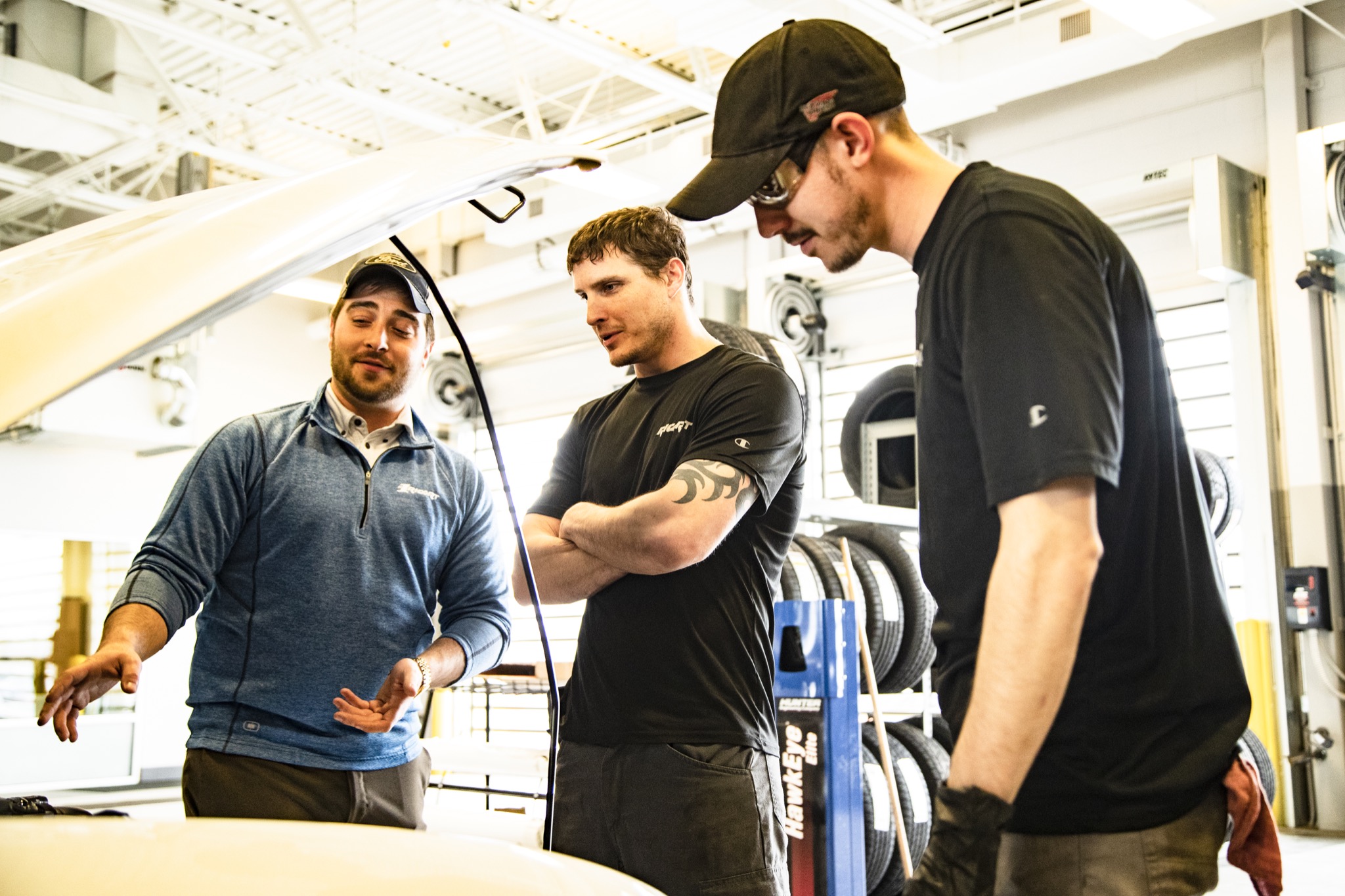 Getting the local dealers on board has been an important part of the program. After all, its no good wanting an EV if you can't find someone to sell you one.Smart Columbus
Getting the local dealers on board has been an important part of the program. After all, its no good wanting an EV if you can't find someone to sell you one.Smart Columbus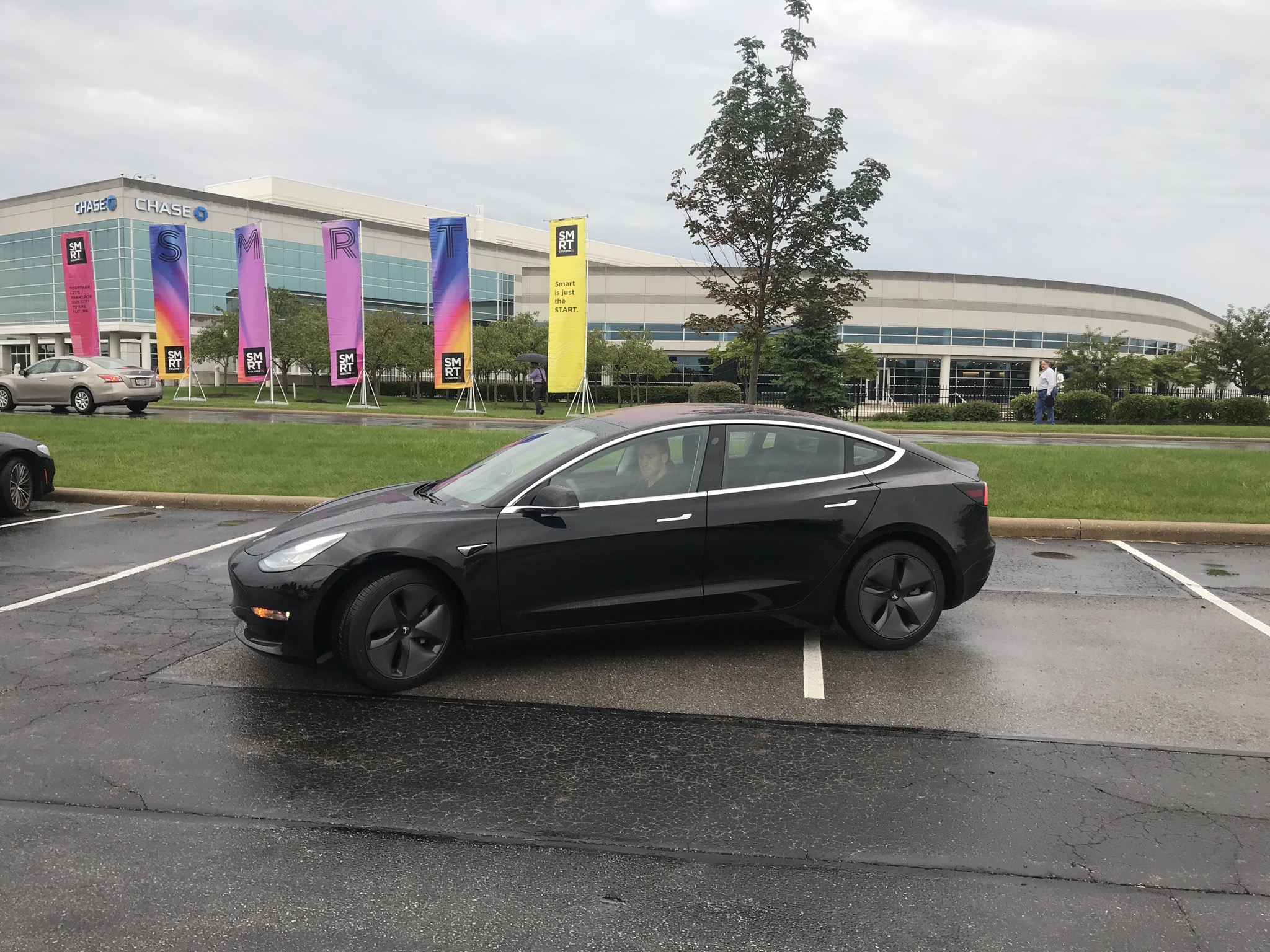 Tesla has no conventional dealers, but it's also a partner in the program.Smart Columbus
Tesla has no conventional dealers, but it's also a partner in the program.Smart Columbus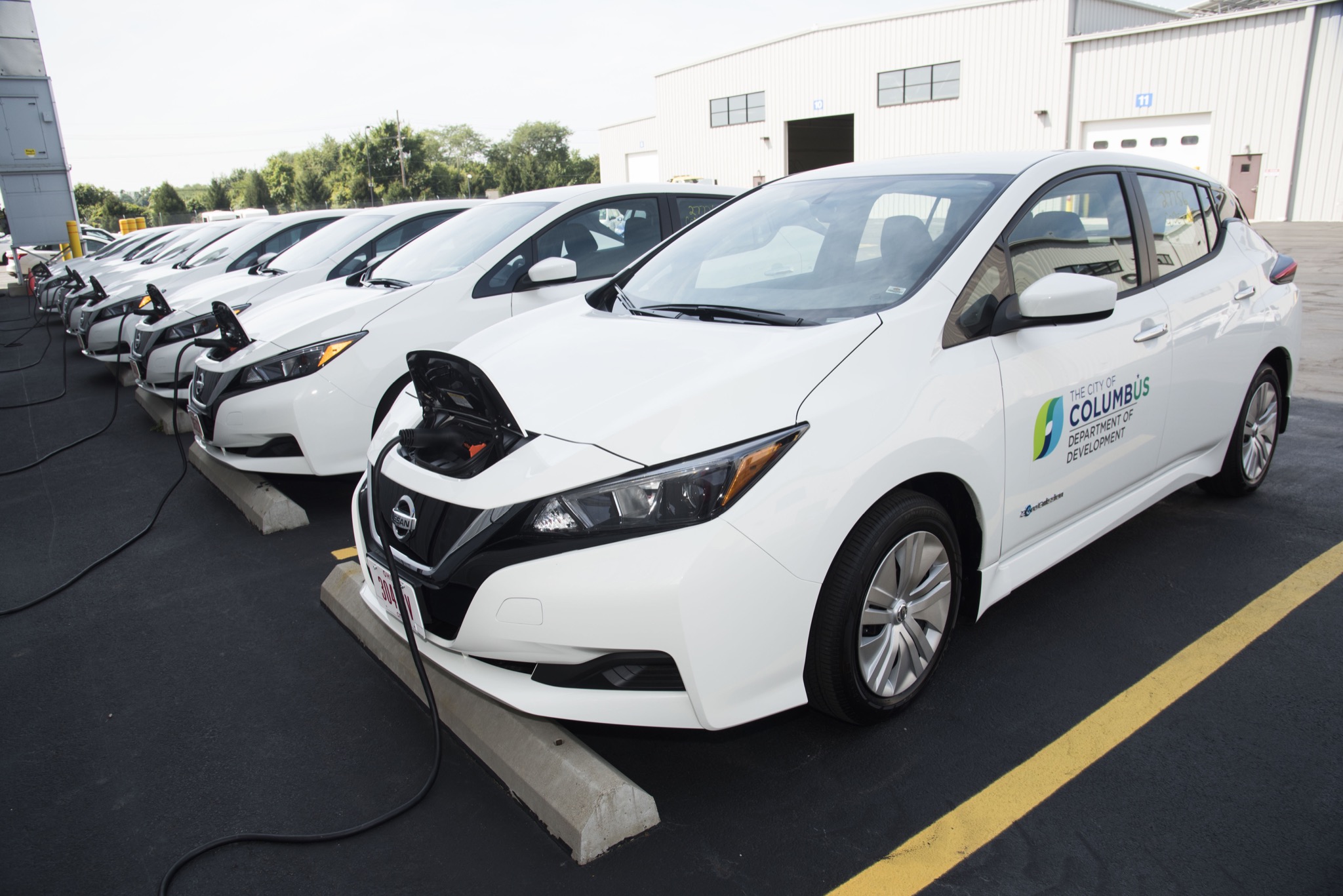 A fleet of Columbus' Nissan Leafs (I still think it should be Leaves).Smart Columbus
A fleet of Columbus' Nissan Leafs (I still think it should be Leaves).Smart Columbus
In 2016, Columbus, Ohio, beat out 77 other small and midsize US cities for a pot of $50 million that was meant to reshape its future. The Department of Transportation’s Smart City Challenge was the first competition of its kind, conceived as a down payment to jump-start one city’s adaptation to the new technologies that were suddenly everywhere. Ride-hail companies like Uber and Lyft were ascendant, car-sharing companies like Car2Go were raising their national profile, and autonomous vehicles seemed to be right around the corner.
“Our proposed approach is revolutionary,” the city wrote in its winning grant proposal, which pledged to focus on projects to help the city’s most underserved neighborhoods. It laid out plans to experiment with Wi-Fi-enabled kiosks to help residents plan trips, apps to pay bus and ride-hail fares and find parking spots, autonomous shuttles, and sensor-connected trucks.

The discrepancy between the promise of whiz-bang technology and the reality in Columbus points to a shift away from tech as a silver bullet, and a newer wariness of the troubles that web-based applications can bring to IRL streets. The “smart city” was a hard-to-pin-down marketing term associated with urban optimism. Today, as citizens think more carefully about tech-enabled surveillance, the concept of a sensor in every home doesn’t look as shiny as it once did.
Still, Columbus officials insist the Smart City project was not a failure. In fact, the final report labeled the project a success. Now Columbus wants to rethink the slippery term.
“It's not supposed to be a competition for who has more sensors, or anything like that, and I think we got a little distracted at a certain point,” says Jordan Davis, director of Smart Columbus, the organization charged with continuing the challenge’s work. Some of the challenge’s projects will continue. Davis says the focus will be, “How do we use technology to improve quality of life, to solve community issues of equity, to mitigate climate change, to achieve prosperity in the region?”
Think back to 2015, and the challenge’s techno-solutionist goals made sense. The future was coming quick, and the DOT hoped its seed money would help a midsize city like Columbus work with companies to plan ahead, with equity in mind. When it selected the city, the department said it was impressed by the number of local companies that had pledged additional support for the project. The challenge is “about using … advanced tools to make life better for all people, especially those living in underserved communities,” then secretary Anthony Foxx said. (He is now the chief policy officer for Lyft.)
Now it’s clear that private firms can’t predict the future of cities and may not have their best interests in mind. Davis says Columbus’ selection led to a flood of proposals from companies that ultimately proved difficult to manage, and “at times distracting.” Meanwhile, Uber (and Lyft) have pulled out of autonomous vehicles, notably after an Uber testing vehicle struck and killed a pedestrian in Arizona. Google sibling Sidewalk Labs promised in 2017 to construct a sensored-up neighborhood of the future in Toronto. But it killed the project last year amid the pandemic and a bitter political battle with privacy advocates and local groups and developers.
Still, smart-city projects continue around the world. Toyota is building a self-driving-car-friendly community outside of Tokyo. Sidewalk Labs just announced it’s advising real estate developers in a handful of US cities on “innovation plans.” And Alibaba-led “smart traffic” projects continue in China, Malaysia, and Macau.
In the end, a smart-city revolution in Columbus may have been overly ambitious from the start. “A lot of people were expecting a lot from this project, and perhaps too much,” says Harvey Miller, a geography professor and director of the Center for Urban and Regional Analysis at Ohio State University, who helped plan and evaluate the challenge. He points out that $50 million ($40 million from the federal government, $10 million from the late Microsoft cofounder Paul Allen’s Vulcan Inc.) isn’t much money, especially spread out over five years. It’s not Columbus’ fault that industry promises about the imminent arrival of self-driving cars were way overblown.
“I think what Columbus did is test revolutionary ideas,” says Miller. “And I think they learned a lot, what works and what doesn't work.”
What works, according to Columbus: Once the pandemic hit, the project transformed the autonomous shuttle into a food bank delivery operation, which self-drove 500 boxes of food a month between summer 2020 and spring 2021 to a local food pantry, bringing it closer to people in need. (A safety operator was always on board to monitor the tech.) Twenty-seven Columbus residents with cognitive disabilities tested an app to help them navigate public transit, with which 70 percent reported “satisfaction” afterwards. Seventy pregnant women tested an app-based Uber-like service to get to medical appointments. Compared with a control group that didn’t use the on-demand service, they visited doctors, pharmacies, and grocery stores more often. The report says the rides alone were unlikely to guarantee safer births and healthier babies, but suggested they could be a “valuable contribution.”
Five of the eight projects launched by the challenge will continue, including a citywide “operating system” to share data between government and private entities, the smart kiosks, and the parking and trip-planning apps. Smart Columbus will also focus on providing broadband access to all of its residents who lack it—a gap that officials say became even more problematic during the pandemic.
Davis, the Smart Columbus director, acknowledges that the program’s rules sometimes made it hard to shape projects around the real needs of the community. They had only so much room to deviate from the plan set out five years ago. Going forward, she says, the city will rely more on “empathy and engagement,” rather than “‘This is a really cool tech that's coming out of the private sector.’”
This piece first appeared on wired.com.
Listing image by Smart Columbus
"smart" - Google News
July 05, 2021 at 06:30PM
https://ift.tt/36cNtBZ
America’s “Smart City” didn’t get much smarter - Ars Technica
"smart" - Google News
https://ift.tt/2P2kUhG
https://ift.tt/3febf3M
Bagikan Berita Ini















0 Response to "America’s “Smart City” didn’t get much smarter - Ars Technica"
Post a Comment